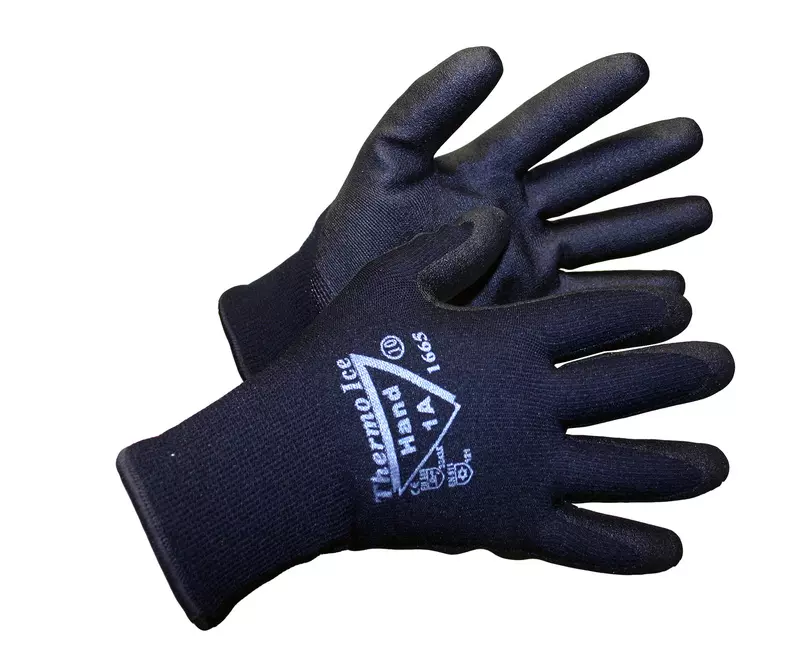
Features You'll Love

Cuff Style · Knit
Determines how the glove secures around the wrist, affecting fit, protection from debris, and ease of putting gloves on and taking them off.
Hand1A
Hand1A logo
Thermo Ice Coated Gloves, 6 pairs
Hand1A
Thermo Ice Coated Gloves, 6 pairs
Hand1A logo
5 / 5
273,23 kr
295,38 kr
Price per 6 pairs
45,54 kr / pair
Estimated delivery: Tue Nov 25
Choose size
Shipping fee is 55,20 kr for orders under 1 650,00 kr
Features You'll Love

Cuff Style · Knit
Determines how the glove secures around the wrist, affecting fit, protection from debris, and ease of putting gloves on and taking them off.
Product description
The product description has not been specified